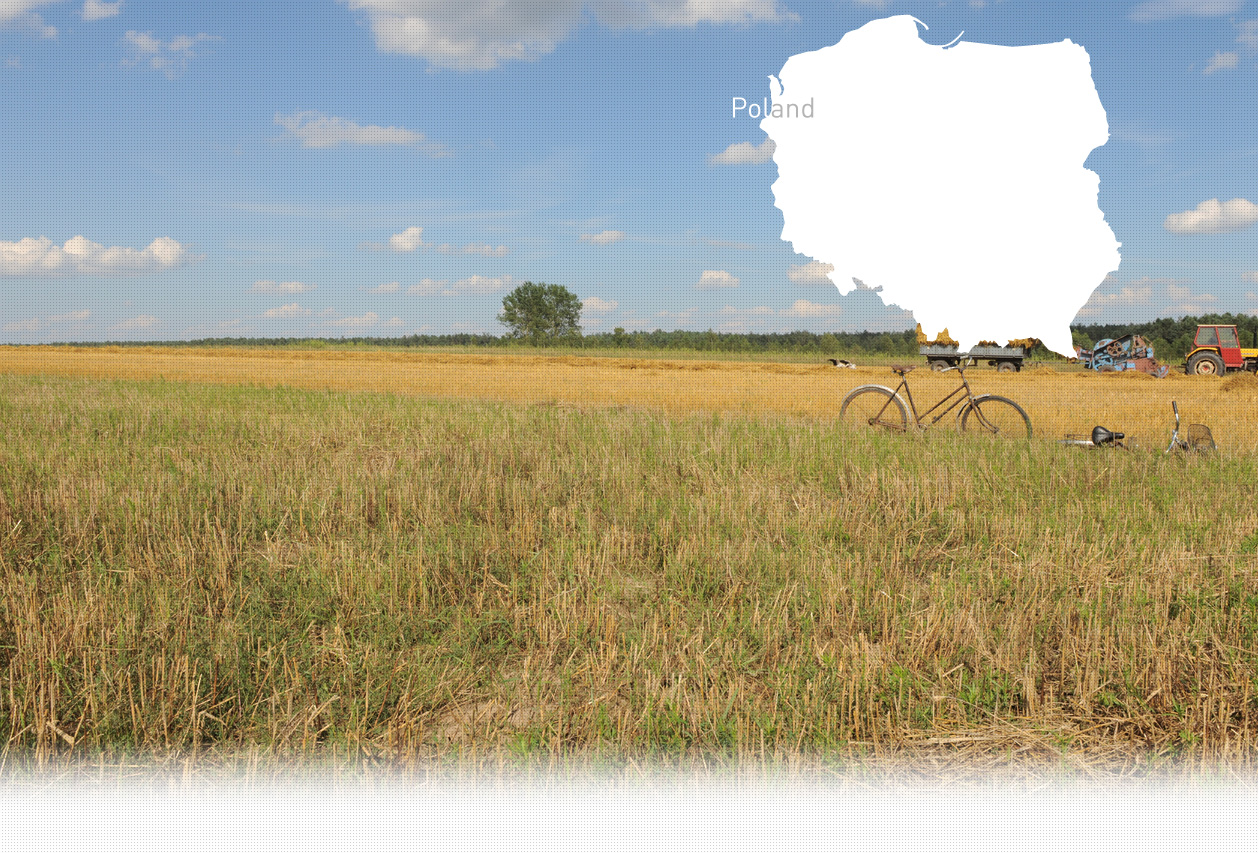

1 Killing site(s)
Jan R., born in 1932: Before the war, Zapałów was quite a large village. It was home to Jews, Poles, and Ukrainians—though Ukrainians were the majority. The village had both an Orthodox church and a Catholic church, but no synagogue. Relations between Ukrainians and the other communities were very good. People celebrated each other’s holidays, regardless of background. They saw one another as part of a single, extended family. There were four Jewish families in Zapałów. I remember their names: Haran; Duwit, who owned a shop; Szachna; and Icek, who produced oil. There were many more Jews in Oleszyce, about 15 kilometers from Zapałów. I often went there because you could buy many different things. (Witness N°1394P, interviewed in Zapałów, on September 28, 2022)
Zapałów is a village in the administrative district of Gmina Wiązownica, within Jarosław County, Subcarpathian Voivodeship, in south-eastern Poland. It lies approximately 17 km (11 mi) north-east of Jarosław and 64 km (40 mi) east of the regional capital, Rzeszów.
In 1939, the village had a population of 1,880, including 1,300 Ukrainians, 80 Poles, 450 Roman Catholics who spoke Ukrainian, and 50 Jews. Not much is known about the pre-war Jewish community of Zapałów. According to testimonies gathered by the team of Yahad–In Unum, there were four Jewish households in the village, belonging to families named Haran; Duwit, who owned a shop; Szachna; and Icek, who produced oil.
Zapałów was part of the kehilla (Jewish municipality) of Oleszyce, a town located about 15 km away. Oleszyce had a significantly larger Jewish population and served as a local center of trade, attracting residents from nearby villages, including Zapałów. During the interwar period, in 1921, Oleszyce had a population of 2,917, including 1,590 Jews, who made up 55% of the total population.
Witnesses recalled that before the war, relations among Poles, Ukrainians, and Jews in Zapałów were peaceful and cooperative. The community was religiously diverse, with both Catholic and Orthodox churches, and residents often celebrated each other’s holidays as one extended community. Since there was no synagogue in the village, it is likely that the Jews of Zapałów attended services in Oleszyce.
After the German invasion of Poland on September 1, 1939, and the subsequent Soviet incursion on September 17, 1939, Zapałów—located east of the demarcation line—fell under Soviet control. Following the German attack on the Soviet Union on June 22, 1941, the region came under German occupation once again.
During the German occupation of Zapałów, a German named Charcuła, stationed at the local police station, played a central role in the killing of Jews in the area. According to witness testimony recorded by a Yahad research team, Charcuła ordered the digging of a pit near the village brickyard, which was later used as a mass grave. He brought Jews (believed to be from Zapałówand the nearby hamlet of Buczyna) to the site and shot them.
The exact number of victims remains unknown. Witnesses recalled that local residents spoke of a large group being killed, though no precise count was ever established. As was common during the Holocaust, it is believed the victims may have been forced to dig their own grave before being executed.
Based on one witness’s testimony, researchers were able to locate the killing site on the grounds of the former brickyard, near the Polish cemetery. While the brickyard structure still stands, it is now abandoned, and the surrounding land is used for agriculture. According to local accounts, the bodies of those murdered were never exhumed. At some point, the landowner plowed the soil to level the ground, leaving the victims’ remains buried in place.
To this day, there is no memorial or marker at the site to commemorate the victims.
Do you have additional information regarding a village that you would like to share with Yahad ?
Please contact us at contact@yahadinunum.org
or by calling Yahad – In Unum at +33 (0) 1 53 20 13 17